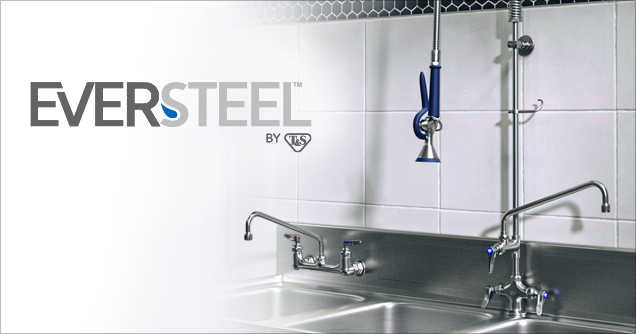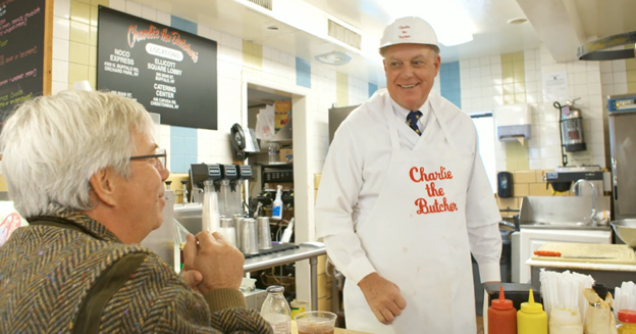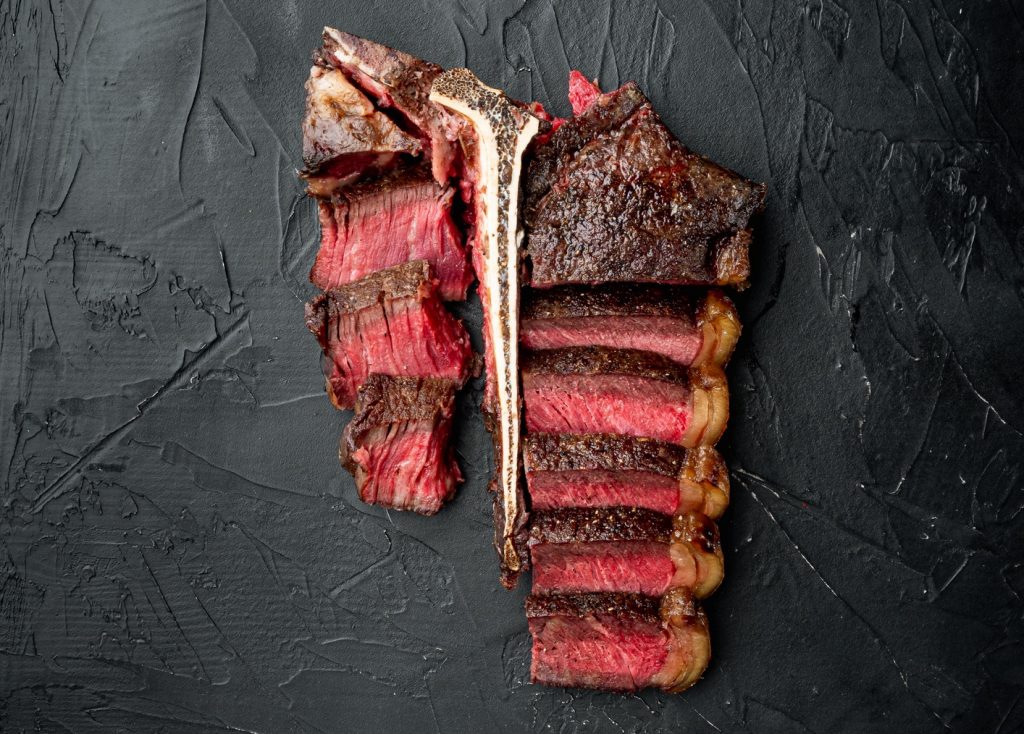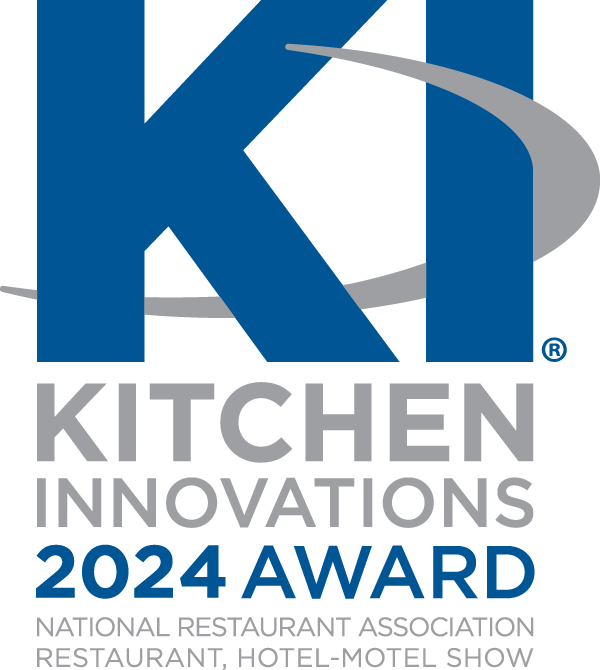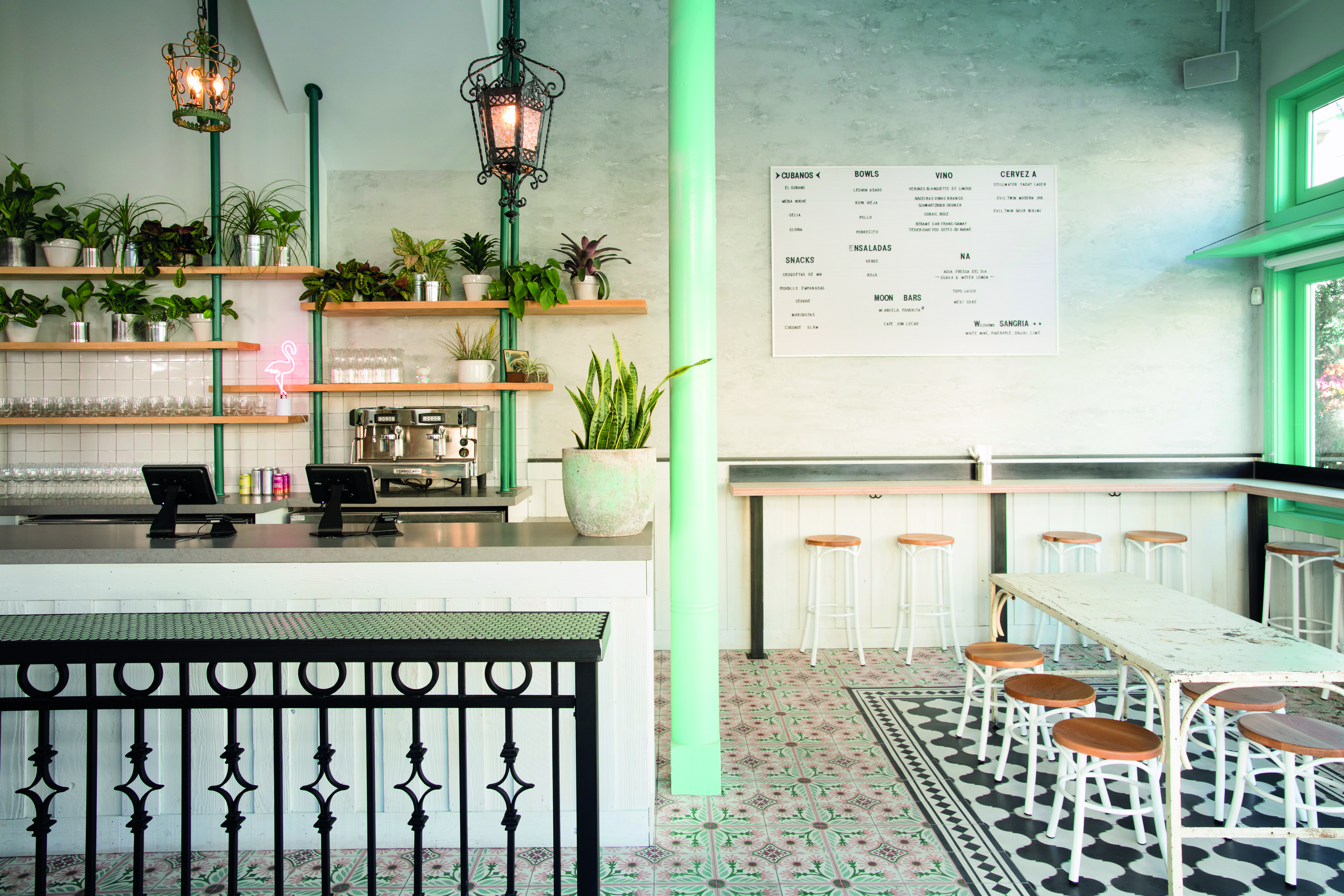
Daylight is streaming in through the floor-to-ceiling windows of San Francisco champagne bar The Riddler, perfectly illuminating the white marble tables exquisitely laid with granite cheeseboards, cases of caviar and, of course, coolers of champagne.
After a quick selfie by the champagne bottle mural outside, followed by a glass of bubbly on one of the terrace’s Parisian- style café tables, which are emblazoned with the brand’s tagline “hello, old friend”, Instagram influencers are being led inside to one of the tables that have been carefully selected by owner Jen Pelka for occasions such as these.
The quality of the light is perfect (particularly during the “magic hour” of 4pm to 5pm when influencer events usually take place), the chatter is low and from this particular vantage point, the smartphone-wielding gaggle of potential brand ambassadors can’t fail to get an Instagram-worthy shot of the fizz, the food or their meticulously designed surroundings.
According to Nicholas DeNitto, creative director of digital creative agency Manufactur, the latter is something it’s OK to obsess about nowadays. “Because of the speed at which things are communicated online, someone’s entire first perception of a business can come from social media so you want to control that as much as possible,” he says.
DeNitto puts photo-sharing app Instagram at the top of the priority list for operators looking to optimize social media engagement through interior décor; followed by Facebook, through which guests can ‘check in’ and leave reviews; with Twitter, which offers users only a limited number of characters and isn’t as focused on visuals, a distant third.
“The overall effect you want is one of tight branding where the cups, the bowls and even the food and drink sometimes match the space,” he continues. “It all comes down to branding and how your brand extrapolates to the whole space. Successful brands such as Apple and Starbucks have readily recognizable interiors – you see a tiny corner of one of their spaces and know where the picture was taken. Restaurant operators want to get their brand vision down that tightly.”
Creating a unique design experience
One of Manufactur’s New York clients, Cha Cha Matcha, has done exactly that. Once the team landed on a color palette – palm tree green and bright pink – there wasn’t a single aspect of the café that was left unbranded. “Everything in that space is pink and green, it matches the drinks and the food and it’s all over Instagram,” DeNitto says. “The lesson is you can’t have anything slapdash or thrown together – even the books on the shelves have to speak to your personality as an owner and the story you’re trying to tell.”
That said, restaurant designers aren’t generally designing spaces purely to make them ‘grammable’, according to San Francisco-based restaurant interior designer Hannah Collins. “People realise how important [social media] is as part of how your brand or restaurant is perceived so everyone has to consider it in some way,” she says. “But although there is a bit of hype for places opening that follow Instagrammable moments as if it were a recipe for success, it really isn’t. It’s about creating a unique design experience and some of the moments should be great opportunities for photos.”
Collins’ most Instagrammed client, fast-casual Cuban restaurant Media Noche is a case in point. Its founders wanted to create a space that reflected their travels to Miami and Cuba and while they did make design decisions based on what would be photogenic, those choices were more about building an atmosphere that would create a unique appeal in line with the aesthetic of Cuba.
“In turn, we found it created this phenomena that compelled viral sharing and posting on social media, much like it does when any of us travel to an exotic destination or experience an inspiring place,” says co-founder and managing partner Madelyn Markoe.
The most Instagram-friendly features of the restaurant are the tiles, which were custom-made based on a photograph of a tile design that Markoe and her business partner Jessie Barker came across on a trip to the town of Trinidad in Cuba, and the ‘shameless selfie’ metallic banana wallpaper in the restrooms. “Many restrooms are neglected, so we wanted to carry the design and vibe of the space through in every detail and create this element of surprise in a fast casual establishment,” Markoe says, adding that although it’s a challenge to quantify the sales that result from Instagram, it has certainly made an impact.
“Becoming a highly Instagrammed restaurant in any capacity strengthens presence and marketing. We’ve seen a significant trickle-down effect and I think our outreach locally, nationally and internationally has exceeded our short-term expectations because of that.”
Instagram is top traffic driver
For first-time restaurateur Pelka, the biggest mistake businesses can make is not recognizing the importance of social media. “Instagram is definitely our number one traffic driver. If there are specific things we want to sell or promote, we’ll do a post on Instagram and that day people will come in asking for that thing,” she says. “If your main way of promotion is traditional media or your website, it’s expensive and it takes a lot of work to get in front of people, but if you grow a big following on Instagram, you can be in their feed every single day. It takes time and focus and you have to make a good job of it – but it’s very efficient. It also allows you to interact directly with people who are coming in and saying how much they love your restaurant.”
Another pitfall many operators stumble at, according to Ken Schwartz FCSI, founder of international foodservice design and consulting firm SSA, is thinking they can do it all themselves. “A lot of restaurateurs think they know what they need to do and they don’t,” he says. “A design consultant can take somebody’s vision and, with the design team, allow that vision to get built.We always recommend our clients engage a lighting designer as they can make or break the look and feel of a project. That piece is incredibly important.”From there, an effective way to pique potential guests’ curiosity before opening is to share time-lapse videos of the design process from start to finish, says restaurant marketer Monique Yeager.
This was a key part of the social media campaign she put together when Tony Roma’s underwent a complete rebrand. Moving forward, keeping followers updated on any design changes is a great way to keep them engaged – be it a new iPhone charging station, more energy- efficient lighting or comfier seating – all the while making sure that everything links in with the story behind the brand.When dusk falls at The Riddler, it doesn’t become any less Instagrammable. The light bulbs with their rich yellow glow were just as carefully chosen as everything else. Pelka’s next task will be to scroll through the posts that evening’s influencer event generated and repurpose them for her business’s feed. “It’s a great way for us to generate content and a really nice way to say thank you to our community,” she smiles.
How to optimize social media
One of Instagram’s most useful tools is the geo tag. “Look at who is posting from your space and engage and interact with them,” Pelka advises. It’s also a free way to generate content; four out of five of The Riddler’s Instagram posts are reposts from the business’s followers.
Throw influencer events. “Have a pre-glimpse party, provide snacks and drinks and invite bloggers and influencers,” Yeager says. “Allow them to take pictures, provide some history and they will write about the restaurant’s decor and atmosphere – and the food of course.”
Keep it tasteful. “It’s easy to identify individual facets that make a space extremely photo- worthy, but you want to avoid a mismatched collage of every Instagram-worthy idea you think you have to avoid an un-genuine, clashing space,” Markoe says. “It’s a slippery slope from cool and effortless to kitschy and obnoxious. A simple, tailored design that maintains an efficient and coherent concept with some photogenic flare should be the goal.”
Elly Earls
Picture: Media Noche

